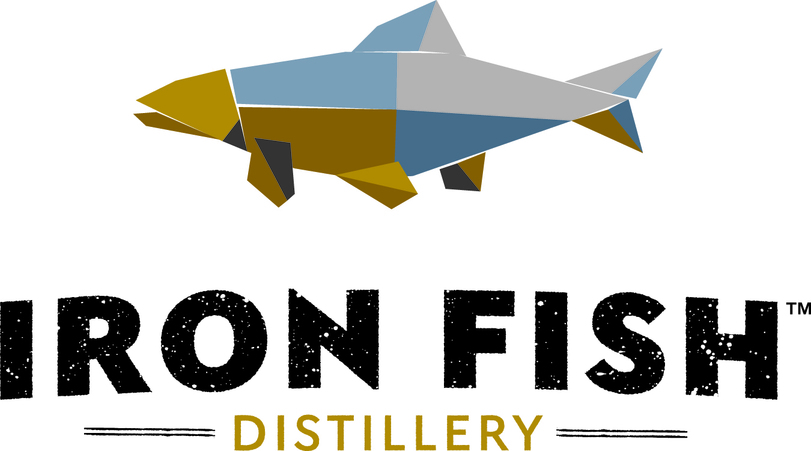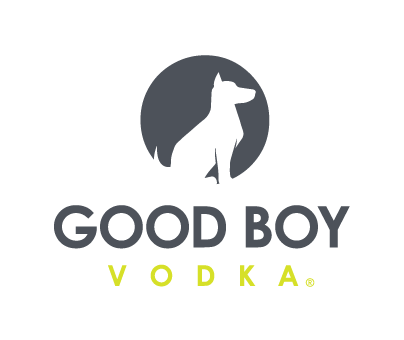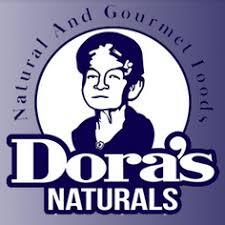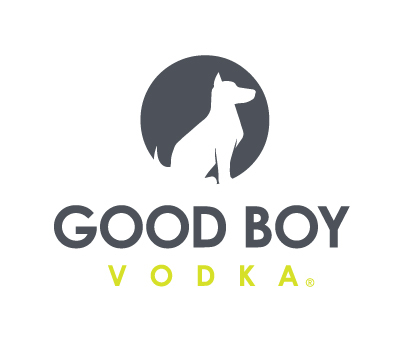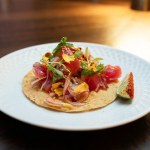Experts Weigh In on Mintel’s Packaging Predictions
Mintel isn’t just predicting upcoming trends in healthy food for 2017; it’s also inferring trends in how consumers want those items presented to them in the new year.
Mintel’s Global Packaging Team issued its Global Packaging Trends 2017 earlier this month. One key finding: although consumers are still demanding clean label messaging, that isn’t the only thing they want or expect from a brand’s packaging.
We asked five experts about the five packaging trends Mintel expects to gain momentum in 2017. Here’s what they had to say.
The [Re] Union of Package Structure and Branding
Mintel predicts that the current emphasis on package functionality isn’t going anywhere, and experts agree. But functionality can also tell a brand’s story.
Robert Mauricio, General Manager of Fluid Forms, said one way brands can do that is through the actual bottle or package design.
“Everyone has seen all the labeling. Everyone has seen all the colored caps,” he noted “Now they are focusing on the actual bottle designs.”
In the food world, Daisy Sour Cream succeeded at aligning their package structure and brand when it converted from a plastic tub to an inverted dispensing pouch, according to the Mintel report. The brand was able to retain its familiar design and messaging, while also providing customers with a family-friendly package.
Kayla Beyer, a business developer with Scoular, said her company’s sustainability-focused clients also want biodegradable and eco-friendly packaging, to better align with their values.
“Even in the powder world…people don’t want scoops anymore,” she said. “And it’s because it’s a plastic scoop and they can use different scoops or a spoon at home.”
The Face and Role of Packaging Online

The focus on ecommerce will also impact packing choices, according to Mintel. In addition to how the product looks online, how well it maintains its integrity while on its journey to a consumer’s doorstep is also important.
Jim Dicks, key account director for Tetra Pak, said he thinks consumers more often purchase food and beverage items online that they know or have experience with, so in terms of design, the focus is less on the imagery and more on the packaging’s ability to keep products fresher longer. Packaging like Tetra Recart was the first carton package on the market that made it possible to sterilize foods, like bone broths, with particles inside a carton package.
“The fact that we have a product that is shelf stable means no refrigeration,” he said. “And that’s really key and vital for these guys who are managing the entire supply chain. Long life shelf products that can survive slow rotation, and then go into the supply chain and ship without needing refrigeration is really what the e-commerce guys are looking for.”
Packaging Gets Smart, Active and Intelligent
According to Mintel, 50 percent of U.S. consumers are interested in scanning food packaging to learn more about the product inside. However, because of a lack of standardized definitions for smart, active, intelligent, and even mobile-enabled packaging, experts said this new interactive trend is far from mainstream.
Thin Film Electronics is working to become a pioneer in on-pack mobile information through technology that prints smart chips directly into labels, allowing consumers to be directed to a desired website instantaneously through Near Field Communication (NFC) enabled smartphones.
“Currently, I can collect a lot of data how consumers are experiencing products online, but [brands have] very little control or insight into how consumers are experiencing their brand in the physical world,” Terrence Morrissey, director of sales. “ This would allow them to do that.”
However, not everyone in packaging thinks smart labels are worth the investment. Tim Bohrer, of Pac Advantage Consulting, LLC, said he thinks smart packaging is passive because the consumer is the one who has to act to access the information..
“I think there is a segment of the population for whom that is going to be interesting, but I think– and this is my gut feeling– that there are a lot of folks who won’t take the time to do that. The time in the store is rushed so if I have to take out my phone, scan, and the browser has to pull up what I’m looking for, a lot of people may not find that to be a satisfying or efficient process.”
Two other ideas explored by Mintel included:
- The Experience of Packaging: Design has gone beyond identification and information. Now consumers also want to be entertained and engaged. “I think meeting consumer needs is always the key and always has been,” Dicks said. “But I think the thing today is that [consumers] want something they can identify with, but they also want a bit of adventure along the way. So if you can lead in adventure and try to be unique, accessible and interactive with it and the consumer, [personalization and experience] is part of your winning composition.”
- Extending Your Brand: Price is not the only main factor influencing consumers’ buying behavior, it’s also trust in brands. “There are so many niches now in the marketplace that they are starting to separate themselves with packaging that reflects the kind of values that these companies are trying to satisfy on the behalf of consumers to build up trust,” Bohrer said.







